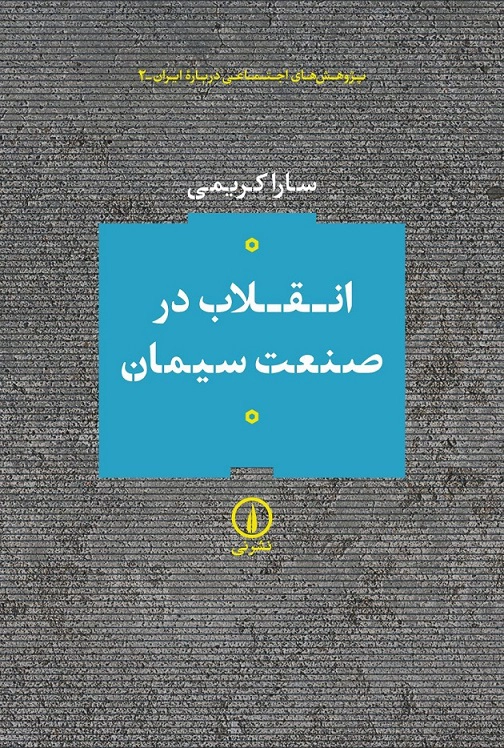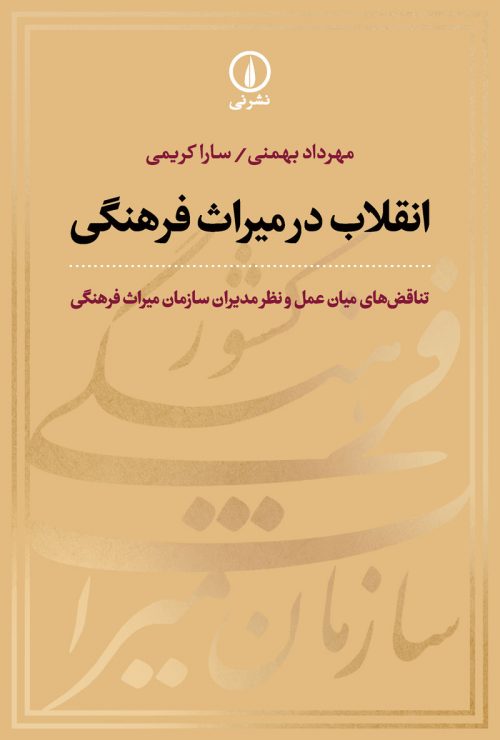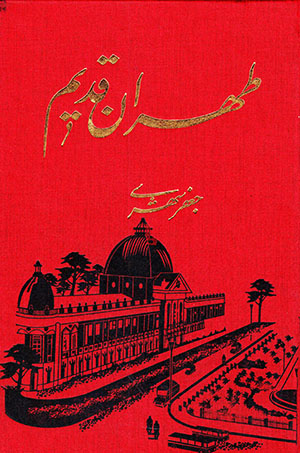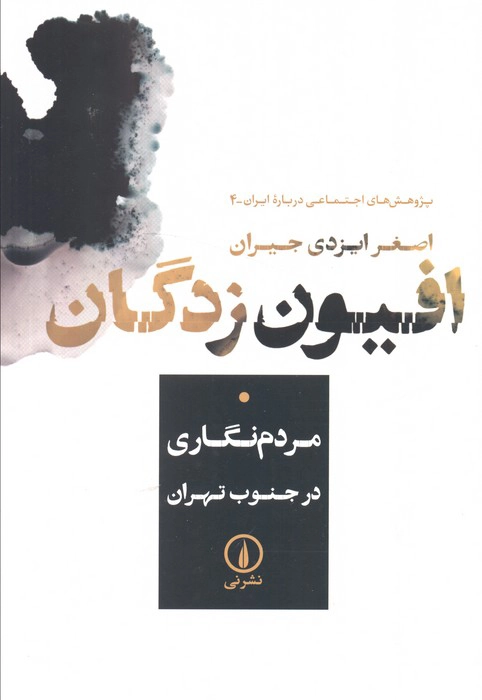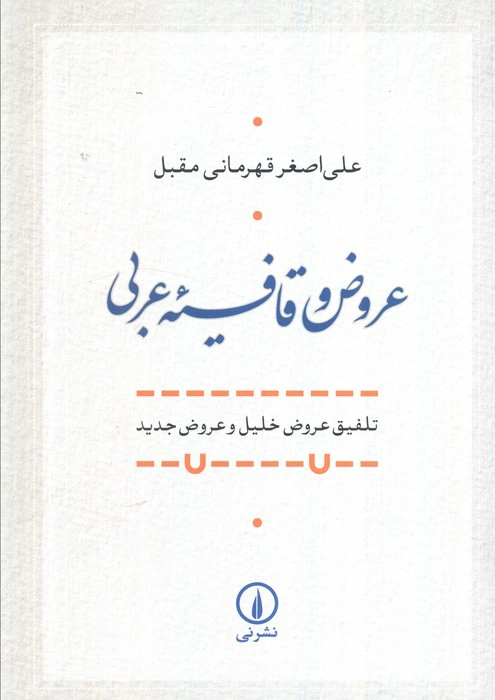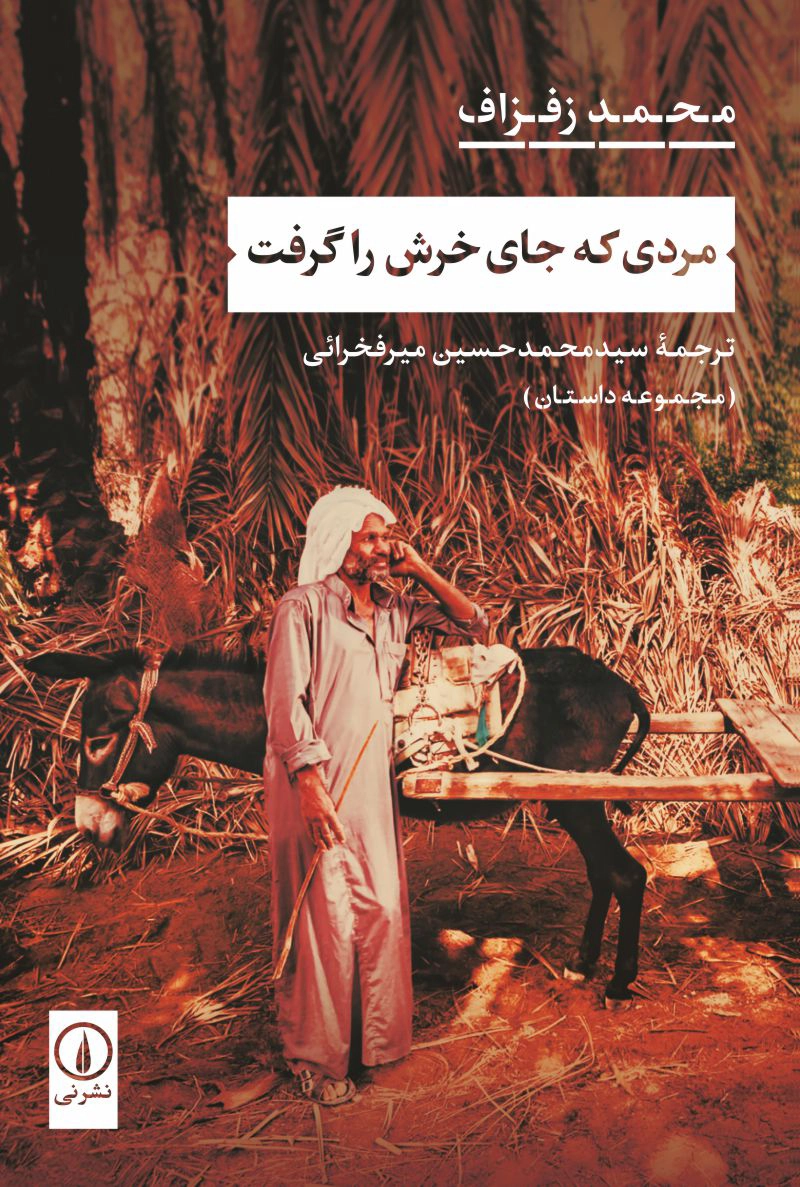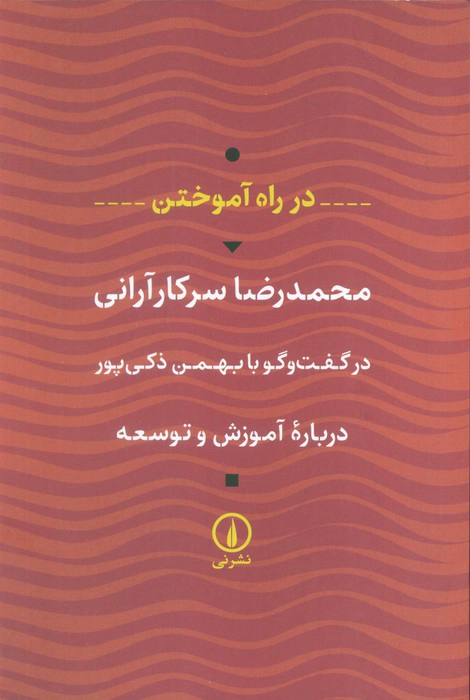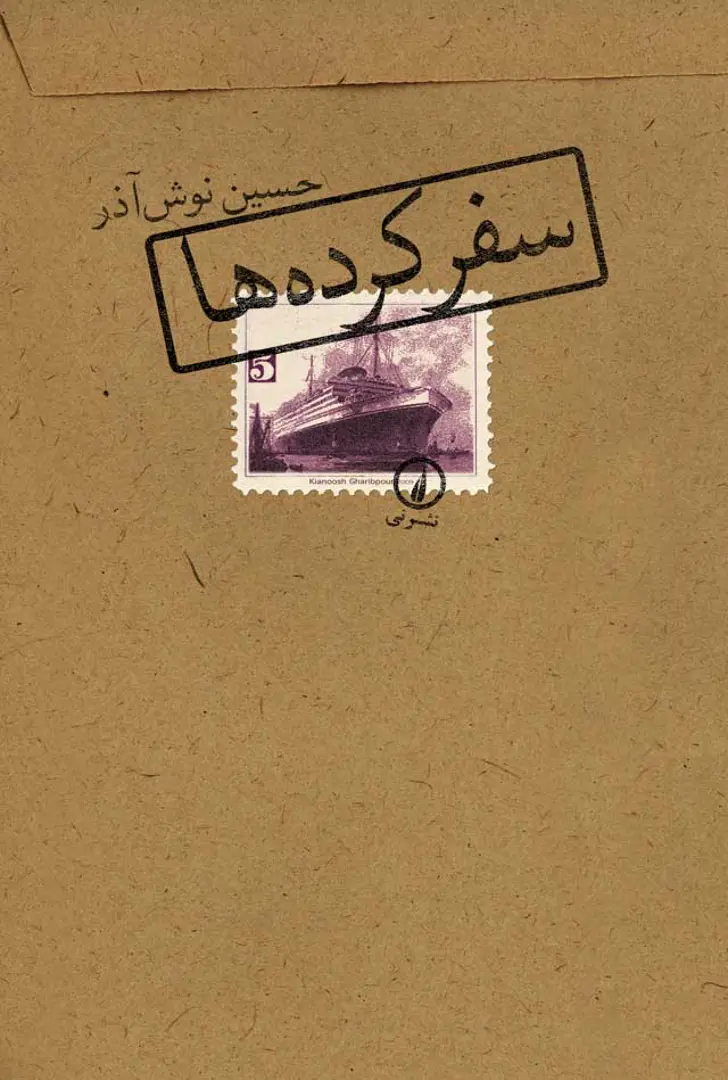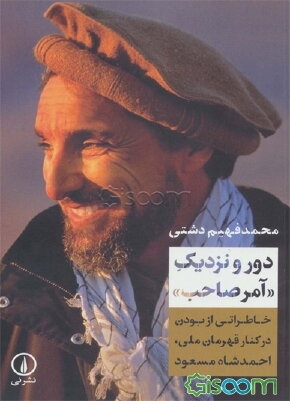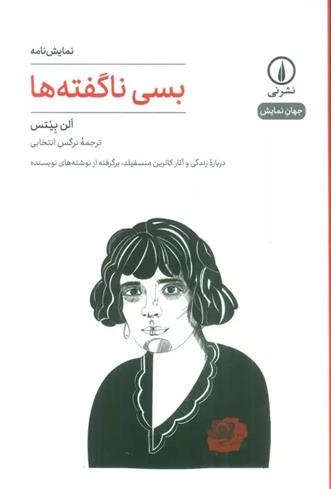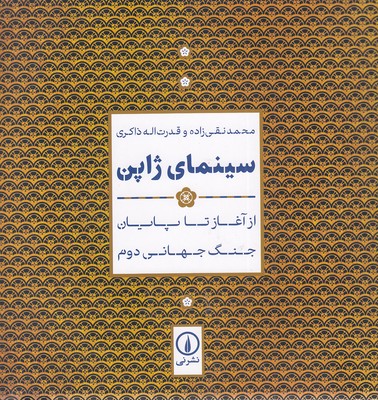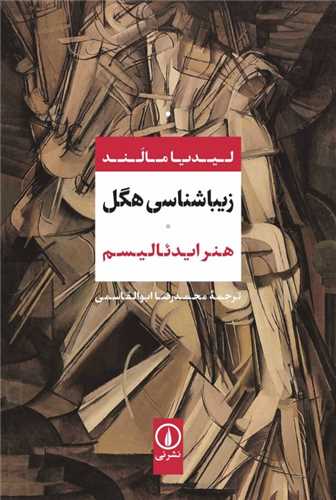انقلاب در صنعت سیمان الفارسية 1446
Enqelāb dar Ṣanʿat-i Sīmān
English Translation:
Modern development was accompanied by the dominance of engineering sciences over the system of social administration, as well as the supremacy of the logic of physics and mathematics over the modern human understanding of the world. In this study, I seek—by focusing on the past half century and by mapping the formation and evolution of the specialized field of the cement industry—to critically illustrate the experience of industrialization in Iran.
I also intend to trace the history of the cement industry and explain how the Iranian technocracy’s will to develop took shape; how the unbearable burden of conflicting interests is absorbed through cooperation for survival, and how this very cooperation ultimately leads to the preservation of the shared life of all opposing forces. The balance of power is the outcome of such a process; yet, when this equilibrium collapses, the survival of life within a shared territory is threatened.
The roots of this imbalance can be found in policy decisions and historical choices. Therefore, we may ask: how do the historical actors’ wills preserve the balance of power among conflicting forces, and what actions disrupt this balance?
Ultimately, when we look at the general phenomenon (the history of industry in Iran) through a specific lens (the history of the cement industry), we observe a continuity of survival that compensates for the intermittent ruptures in political history. Thus, this history is not a history of rupture, but a history of continuity—one that explains the reasons and mechanisms behind the presence and persistence of middle managers in the field of practice.
توسعهٔ مدرن همراه بود با تسلط علوم مهندسی بر نظام ادارهٔ جامعه و نیز سیطرهٔ منطق فیزیک و ریاضی بر شناخت انسان مدرن از جهان. در این پژوهش میکوشم با تمرکز بر نیمقرن اخیر و با ترسیم چگونگی شکلگیری حوزهٔ تخصصی صنعت سیمان و تحولات آن، و با نگاهی نقادانه، تجربهٔ صنعتیسازی در ایران را نشان دهم. همچنین قصد دارم تاریخ صنایع سیمان و چگونگی ارادهٔ تکنوکراسی ایرانی به توسعه را تشریح کنم، این که چگونه بار تحملناپذیر تعارض منافع در همکاری برای بقا هضم میشود و همین همکاری به نجات زندگی مشترک همهٔ نیروهای متعارض میانجامد. توازن قوا حاصل چنین فرایندی است، حال آنکه وقتی توازن قوا از بین میرود بقای زندگی در سرزمین مشترک تهدید میشود. سررشتههای این برهمزدن تعادل نیروها را میتوان در سیاستگذاریها و انتخابهای تاریخی جستوجو کرد. پس میپرسیم چگونه ارادههای بازیگران تاریخی توازن قوا را میان نیروهای متعارض حفظ میکند و چه اقداماتی این تعادل را بر هم میزند؟ درنهایت، وقتی از منظری مشخص (تاریخ صنعت سیمان) به امر کلی (تاریخ صنعت در ایران) مینگریم، تداومی از بقا میبینیم که گسستهای مقطعی در تاریخ سیاسی را جبران میکند. بدین ترتیب این تاریخ نه تاریخ گسست، بلکه تاریخ تداومی است که چرایی و چگونگی حضور مدیران میانی را در میدان عمل توضیح میدهد.

